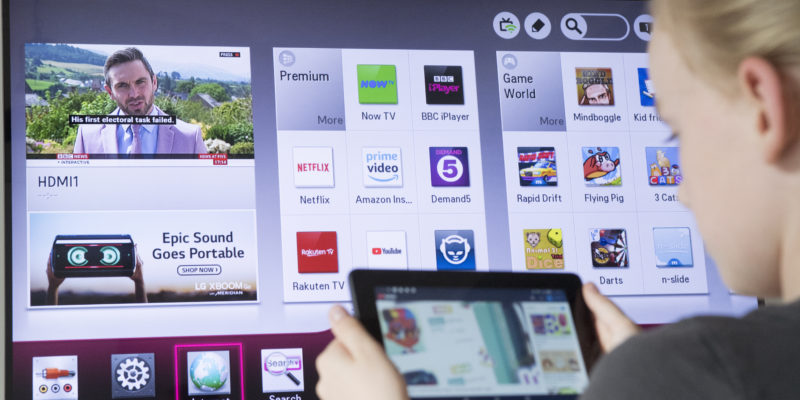The Takeaways:
- All major streaming platforms, free or subscription-based, witnessed viewership gains over a 10 week period to June 7th: Netflix, up 76%; YouTube, up 96%; Hulu, 68%; Amazon, 106%; and other platforms, 94%. The “others” category include Disney+, CBS All Access, and AVOD services.
- At the end of March/early April period, the peak of the Coronavirus surge, there was a 131% rise in streaming minutes compared to the same period a year ago. Although they dropped lower by the first week of June, streaming minutes still maintained a 50% increase year-over-year.
- In another study, an IAS Insider survey found that 66% of respondents said that the Coronavirus pandemic was responsible for increased streaming consumption.
What it Means:
Netflix still commands the largest share of streaming minutes, although it has dropped slightly compared to this time last year. This is likely due to increased competition in the market. This year alone has already witnessed the launches of Disney+, NBC Universal’s Peacock, HBO Max, and Quibi, adding to a long list of well-established streaming services.
Despite the revenue challenges for many companies, Maria Rua Aguete of Omdia, the tech research arm of Informa Tech, told Forbes: “Online streaming services provided by brands such as Netflix and now Disney+ are likely to see 12% growth.”
The Future of Streaming:
The “streaming wars’’ are dividing consumer attention and loyalty. How consumers choose to spend their streaming hours will shape where advertisers choose to spend their money.
The rise in popularity of CTV, with 63% of consumers preferring CTV over other devices for streaming video content, indicates that advertising on these platforms will be the next generation of marketing.
Free streaming services are growing at more than twice the rate of paid services. This indicates a shift in monetization models where ad-supported models for content are favored over subscriptions.









